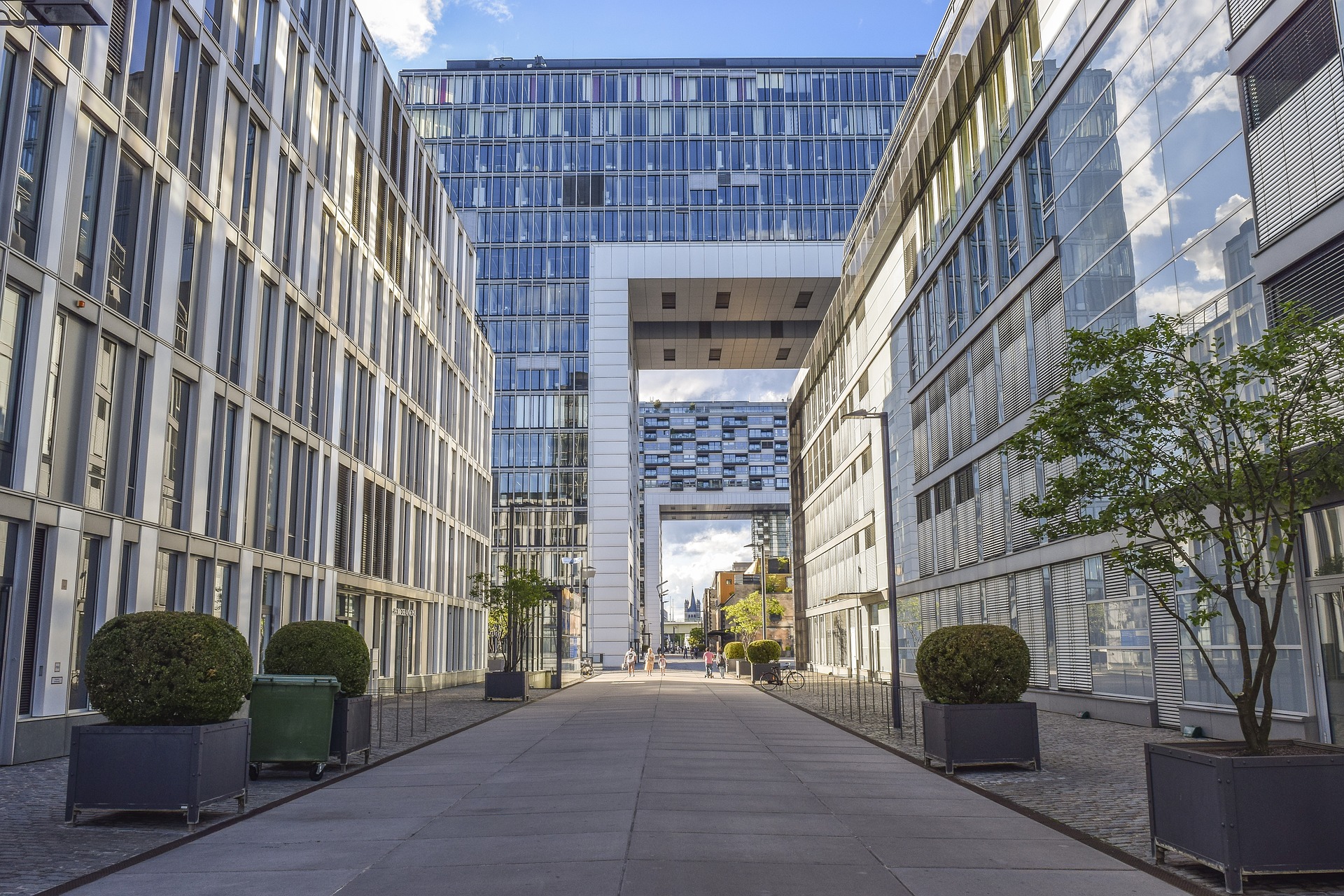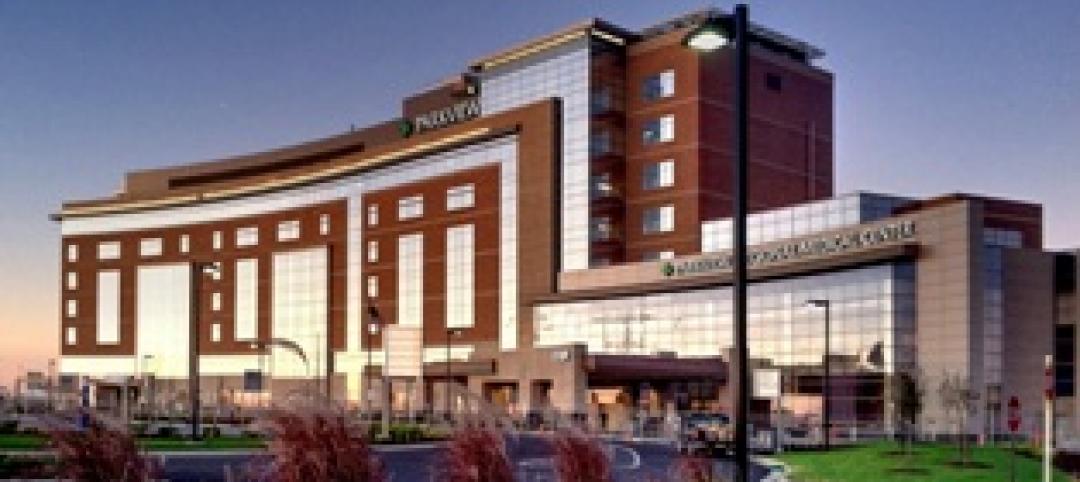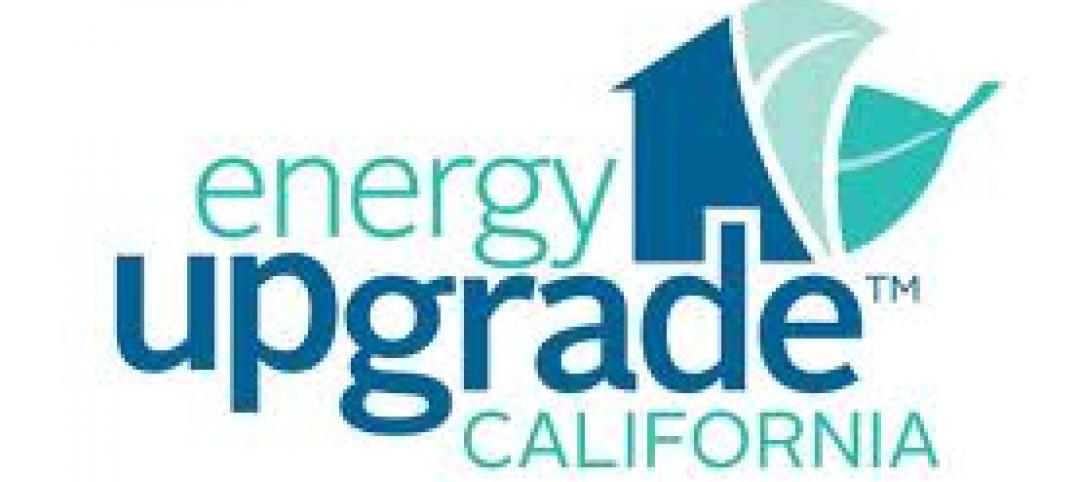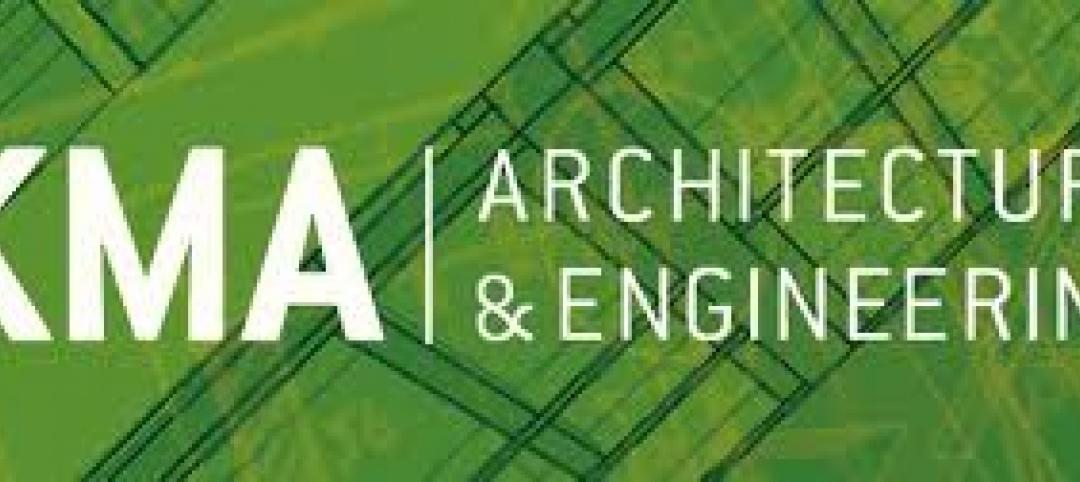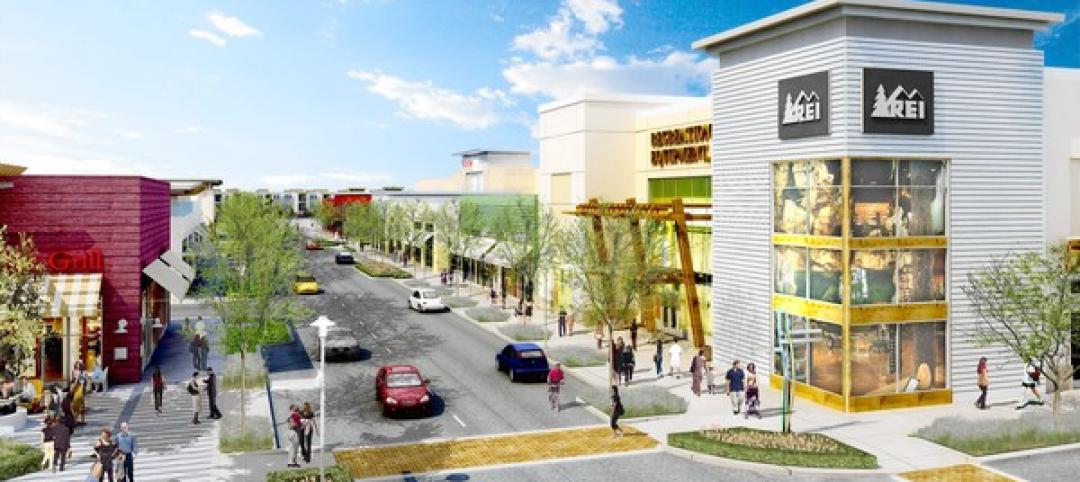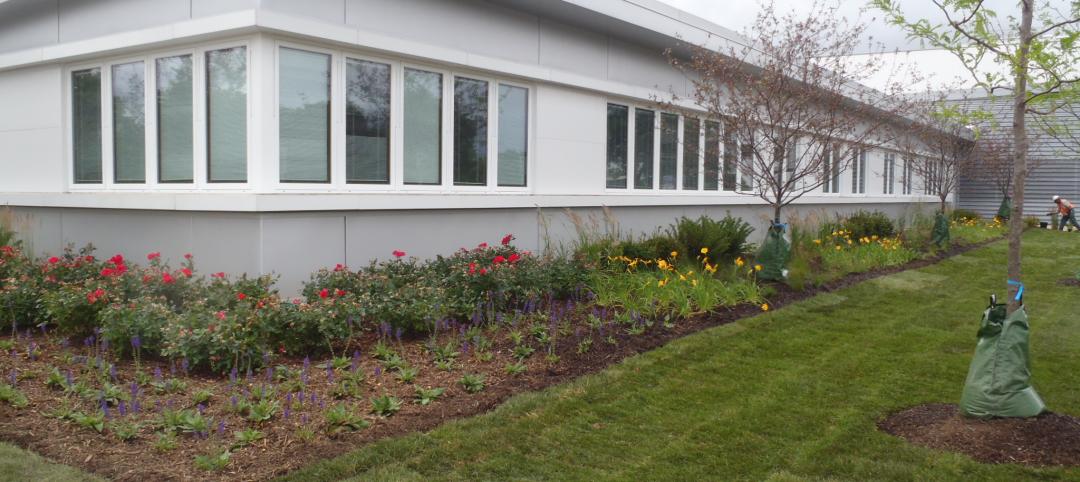The Federal Emergency Management Agency (FEMA) recently unveiled new guidance on additional assistance funding for net zero buildings.
The funding is available for implementing net-zero energy projects with a tie to disaster recovery or mitigation. FEMA encourages applicants to incorporate net zero activities into eligible recovery and mitigation projects.
For projects to be identified as net-zero energy, buildings must meet or exceed the energy performance thresholds and renewable generation requirements specified in the zero energy appendices of the 2021 International Energy Conservation Code (IECC).
The increased costs of designing projects to be net-zero over traditional methods is allowable on certain eligible projects.
FEMA eligibility requirements for net zero energy buildings
For a FEMA project to be determined eligible as a net-zero energy project, each project must meet applicable program eligibility requirements. For new construction, major renovations, reconstruction, or code updates to be identified as net-zero energy, the following requirements will be taken into consideration to allow for additional costs, or other program or grant benefits.
New building construction and major renovations projects:
1. Are defined as new buildings or complete overhauls of existing buildings to salvage existing core structural elements, historical facades, etc. without any functional floor area being preserved in the process.
2. Must produce buildings that meet or exceed the energy performance thresholds and renewable generation requirements specified in the zero energy appendices of the 2021 International Energy Conservation Code (IECC), appendix CC and RC for commercial and residential, respectively. Code specifications or standards that are equivalent to or more stringent than the IECC require the project engineer, design professional, or other project professional to identify the energy requirements of such local code specifications or standard as equivalent to or more stringent to the IECC.
3. Must comply with these requirements using the methodology and requirements outlined in these IECC Appendices, or subsequent, more recent versions, or other versions of zero energy building codes as they may emerge and be specified by FEMA or Department of Energy (DOE) as eligible.
Existing buildings that are transitioning to net-zero energy projects:
1. Are defined as existing buildings which are eligible for FEMA funding that undergo an alteration, modification, or other retrofit.
2. Alterations, modifications, or other retrofits affecting part but not all of an existing building must meet or exceed the requirements outlined in Chapter 7 and Normative Appendix B (if applicable) in the 2021 or most recent version of the International Green Construction Code (IgCC). These construction and procurement requirements ensure that high performance equipment and materials are installed in the facility, even if the facility as a whole, will not meet the energy performance targets specified in the IECC Zero Energy Appendices. Code specifications or standards that are equivalent to or more stringent than the IgCC require the project engineer, design professional, or other project professional to identify the energy requirements of such local code specifications or standard as equivalent to or more stringent to the IgCC.
3. The project must procure renewable energy generation in an amount equivalent to or greater than the annual energy consumption of the alteration, modification, or other retrofit of the existing building. The amount of renewable energy generation required for the project can be calculated using the methodologies outlined in the IECC Zero Energy Appendices. Pairing this renewable generation with high performance equipment and materials will enable partial-building projects for existing buildings to achieve net-zero standards.
4. Compliance with these requirements will be performed using the methodology and requirements outlined in the IECC Zero Energy Appendices and the IgCC where specified above throughout the construction process.
Related Stories
| Mar 26, 2012
Jones Lang LaSalle completes construction of $536M Parkview Regional Medical Center
Hospital ushers in new era of local access to advanced medical treatments in Northeast Indiana.
| Mar 26, 2012
Los Angeles County to host free green building training
Opportunity for residential and commercial building professionals to gain insight on state and county green building standards and regulations.
| Mar 20, 2012
Stanford’s Knight Management Center Awarded LEED Platinum
The 360,000-sf facility underscores what is taught in many of the school’s electives such as Environmental Entrepreneurship and Environmental Science for Managers and Policy Makers, as well as in core classes covering sustainability across the functions of business.
| Mar 20, 2012
New office designs at San Diego’s Sunroad Corporate Center
Traditional office space being transformed into a modern work environment, complete with private offices, high-tech conference rooms, a break room, and an art gallery, as well as standard facilities and amenities.
| Mar 19, 2012
HKS Selected for Baylor Medical Center at Waxahachie
Baylor Medical Center at Waxahachiewill incorporate advanced technology including telemedicine, digital imaging, remote patient monitoring, electronic medical records and computer patient records.
| Mar 16, 2012
Work on Oxnard, Calif. shopping center resumes after a three-year hiatus
Stalled since 2009, developers of the Collection at RiverPark decided to restart construction on the outdoor mall.
| Mar 16, 2012
Stego embarks on HPD Pilot Program
Vapor barrier manufacturer strives to provide better green choices to designers and builders.
| Mar 12, 2012
Improving the performance of existing commercial buildings: the chemistry of sustainable construction
Retrofitting our existing commercial buildings is one of the key steps to overcoming the economic and environmental challenges we face.
| Mar 6, 2012
Gensler and Skender complete new corporate headquarters for JMC Steel in Chicago
Construction was completed by Skender in just 12 weeks.
| Mar 6, 2012
Joliet Junior College achieves LEED Gold
With construction managed by Gilbane Building Company, Joliet Junior College’s Facility Services Building combines high-performance technologies with sustainable materials to meet aggressive energy efficiency goals.


